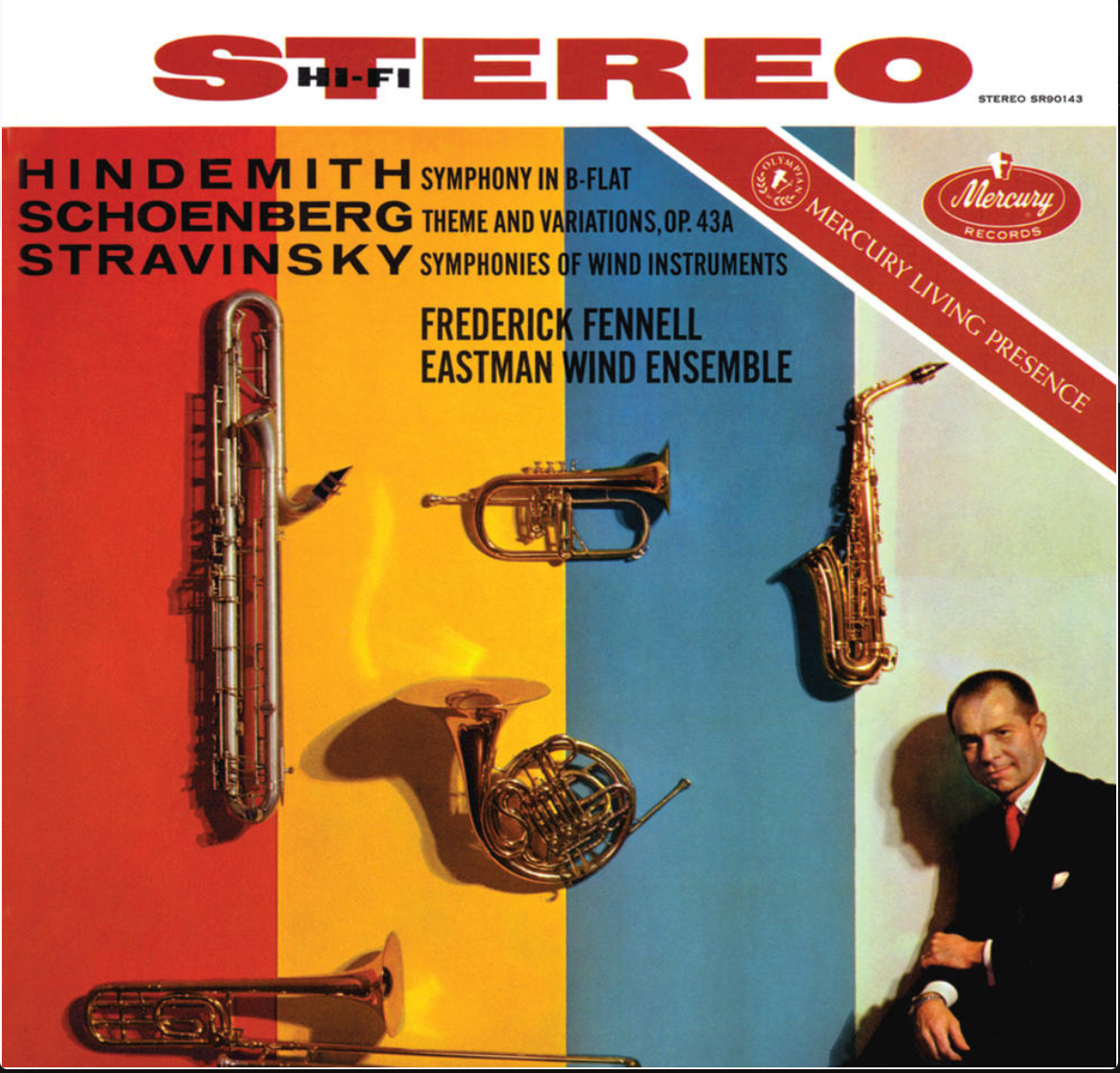How the Right-Hemisphere understands Harmony
Somewhere in the dim distant reaches of my memory I recall being told of the modes in music that minor was sad and major was happy. But what key is nostalgia, which is often a mixture of the two emotions?
This old definition is, of course, a vast simplification and with no real basis. If you stop to think about it, the key of A minor includes three major triads and the key of A major has four minor triads. The materials being so similar reminds me of the centuries old debate among philosophers on the fine line between pleasure and pain.
Actually, common sense, supported by clinical brain research, tells us that in fact it is melody, not harmony, which conveys the emotions to the listener. [1]I acknowledge that all melodies have harmonic relationships. There appear to be specific melodic patterns which are satisfying and which come genetically with birth. The great book on this subject, for conductors, is the The Language of Music by Deryck Cooke (Oxford and New York: Oxford University Press, 1959). Cooke, after much study, presents a very strong case for specific melodic patterns which composers across several centuries all seem to identify with specific emotions.
Cook, to quote an example, says that Do-Mi-Sol-La-Sol conveys the feeling of child-like innocence (think Humperdinck’s “Fourteen angels guard my sleep”). But the same with the substitution of a lowered La becomes acute pain. I invite the reader to sing these examples, but to not conduct them as you sing. You will feel a physical difference and you feel your right-hemisphere controlling your face as your singing takes you from child-like innocence to pain.
I have come to believe that the essential contribution of Harmony to Music is not to create emotions, although it can support them, but rather to creation motion, the motion from one beat to the next beat. The chord of the dominant seventh clearly has such a strong force to go forward that it drives you nuts if it doesn’t resolve. [2]Everyone will recall the famous incident in Potsdam when Bach was invited to a reception where he would meet, for the first time, the king. The local Kapellmeister was playing background harpsichord … Continue reading
It is a combination of all these factors which results sometimes in a circumstance where a composer will have a strong feeling which can only be expressed by the power of a single accidental in the melody. In such cases the performer or conductor has a heavy responsibility to convey in performance just the necessary emphasis of this altered tone, not too much and not too little. Consider, for example, the beginning of the second movement, the Funeral March, of Beethoven’s Third Symphony. In this movement, Beethoven is beginning a symphonic journey in C minor, but already in the fourth bar there is an F sharp, a note not found in C minor. The theorist has a name for this F sharp, NON-HARMONIC TONE (ILLEGAL ALIEN). But this is misleading, for it is a very important note. The right-hemisphere hears this not as a curiosity of theory, but as pain. Beethoven was reminding us that when someone you know dies it can cause pain for you.
The first challenge for the conductor is to find a genuine artistic composer whose work is an honest communication of feeling. That is not so easy to find these days. Then the conductor must recreate this honest communication of feeling to his players. This is best done on a non-verbal basis, through his demeanor, his facial expressions and a conducting style which reflects the emotions. What we owe the audience is emotional honesty, through and through. You cannot fool the audience any more than you can fool someone with a phony smile.
Actually, the brain makes this conducting challenge a very easy one to accomplish. Consider the center fielder in baseball: a ball is hit toward him and his only thought is catch the ball. The right-hemisphere solves complex problems in the affect of gravity, wind factors, height and distance, etc., and solves it so fast that the center fielder begins to run the instant the ball is hit to the exact point where the ball will fall. You will never see a center fielder running left when the ball is going to his right.
The very same thing happens in conducting. With only a simple thought, a particular emotion and the music associated with it, the right-hemisphere takes over face, body and baton in order to communicate this emotion. However this only happens if the conductor knows the score on a right-hemisphere basis and does not look down at the score. If he looks at the score, he sees left-hemisphere grammar, his face will go blank, the body expression disappears, and the students will look away from his face.
The performance, no doubt, will continue with utter precision, fine intonation and tone quality, but he will have failed the composer, his players and his audience. He will be rewarded by the audience’s tepid applause which characterizes polite disinterest.
David Whitwell
Notes
References
| ↑1 | I acknowledge that all melodies have harmonic relationships. |
|---|---|
| ↑2 | Everyone will recall the famous incident in Potsdam when Bach was invited to a reception where he would meet, for the first time, the king. The local Kapellmeister was playing background harpsichord music for the reception and was looking forward to seeing Bach, who was by that time quite famous in Germany. When Bach entered, the harpsichordist was so moved that he stopped playing, leaving an unresolved chord hanging in the air. Bach immediately walked across the room and resolved the chord before turning to meet the king. |


